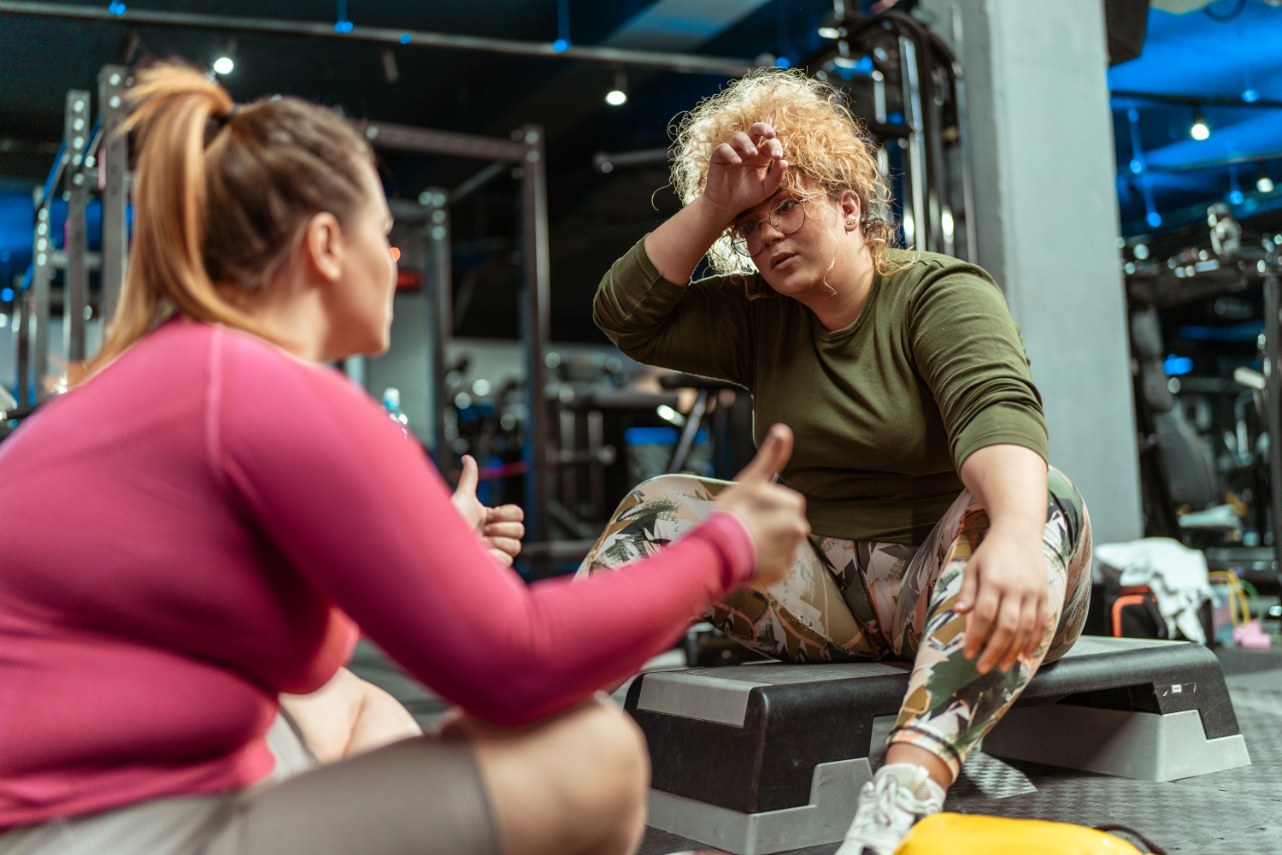- Why Undereating Undermines Muscle & Metabolism
- Protein: The Anabolic Lever Most Lifters Ignore
- Balance Strength, Cardio & Recovery
- Practical Macro Blueprint
- Signs You Need to Eat More — Not Less
- Four-Week Reset Plan
Dragging yourself through marathon cardio sessions and living on ultra-low-calorie meal plans might feel “hard-core,” yet it often backfires: stubborn belly fat sticks around, lifts plateau, and motivation sinks. Why? Because the body interprets chronic energy shortage and relentless endurance work as stress, raising cortisol, slowing thyroid output and cannibalising lean muscle study. The payoff for all that effort shrinks just when you expect an uptick in results. In contrast, research shows that consistently eating enough—especially high-quality protein—while pairing strength work with sensible bursts of cardio can double the return on every workout minute: faster muscle repair, more metabolic “after-burn,” and steadier fat loss without hormonal havoc. Whether you’re a busy professional squeezing in three sessions a week or a lifelong runner stuck at the same weight, dialling in macros and training balance is the shortcut most people overlook. The sections that follow unpack the science behind protein thresholds, smart calorie ranges and cortisol-friendly programming, then give you plug-and-play tactics (plus a high-protein meal list) to transform sweat into measurable gains at any age.
1. Why Undereating Undermines Muscle & Metabolism
Consuming too few calories—often 1 000-1 200 kcal for active adults—forces the body into energy conservation. Resting metabolic rate falls, thyroid hormones dip and cortisol spikes, all of which blunt fat loss and erode lean tissue. Endurance studies confirm cortisol rises sharply when exercise exceeds 60 % VO2max for prolonged periods, triggering catabolic signalling research link.
2. Protein: The Anabolic Lever Most Lifters Ignore
A 2022 meta-analysis in older and athletic populations recommends 1.2 – 1.6 g protein / kg body-weight for maintenance or growth; intakes up to 2 g / kg benefit those in deficits or high-volume training blocks. Spreading protein across 3-4 meals (≥ 25 g each) maximises muscle-protein synthesis.
3. Balance Strength, Cardio & Recovery
- Strength Focus: Two to four full-body resistance sessions per week preserve bone density and elevate resting metabolic rate.
- Cardio Dose: Moderate sessions (20-30 min, 65-75 % HRmax) or brief HIIT circuits improve cardiovascular health without excessive cortisol.
- HIIT vs Continuous: A 2022 trial found HIIT matched moderate-intensity continuous training (MICT) for visceral-fat loss and outperformed it for insulin sensitivity study.
4. Practical Macro Blueprint
Targets align with ACSM guidelines.
| Macro | Daily Target | Why It Matters |
|---|---|---|
| Protein | 1.2-1.6 g/kg BW | Repair – preserves lean mass in deficit |
| Carbohydrate | 3-5 g/kg BW (activity-based) | Refuels glycogen for strength sessions |
| Fat | 0.8-1 g/kg BW | Hormone production & joint health |
5. Signs You Need to Eat More, Not Less
- Plateau despite high cardio volume
- Morning HRV trending downward
- Persistent soreness or poor sleep (sleep-loss recovery study)
- Cold extremities, stalled menstrual cycle or low libido
6. Four-Week Reset Plan
- Increase protein to ≥ 1.2 g/kg and total calories by 10-15 % using whole-food sources.
- Swap two long cardio days for 15-minute sled pushes, rower sprints or cycling intervals.
- Log macros accurately; review weekly weight & waist, not scale alone.
- Prioritise 7-9 hrs sleep and two low-stress walks on rest days.
FAQ
How much protein can I absorb in one meal?
Research indicates muscle-protein synthesis plateaus around 0.4 g/kg per meal (meta-analysis). Excess is still useful for overall nitrogen balance.
Is cardio bad for muscle gain?
Cardio isn’t inherently bad; problems arise when duration or frequency drives cortisol higher than recovery capacity. Short HIIT or moderate 20-30 min sessions complement strength training.
Disclaimer: Information is educational and does not replace personalised medical advice. Consult a qualified professional before major dietary or training changes.
Video Summary
To learn more about nutrition, fitness and health from professionals and experts, visit our channel and subscribe: https://www.youtube.com/@Vitality-and-Wellness





